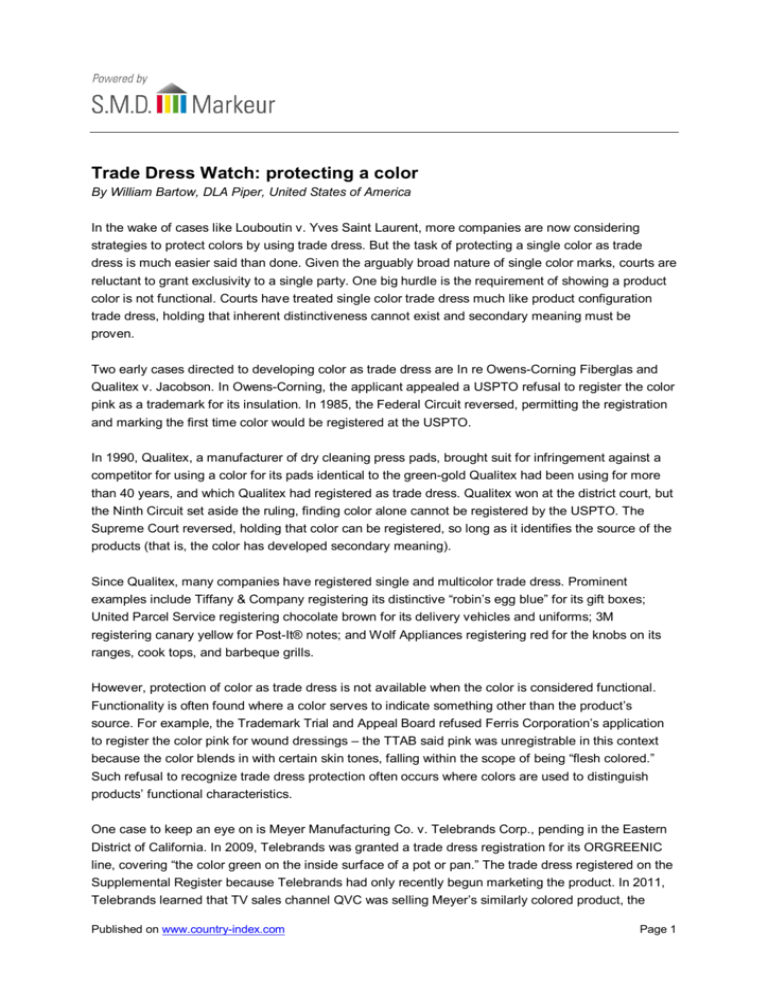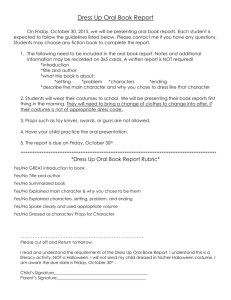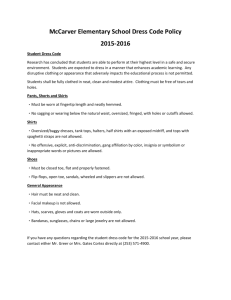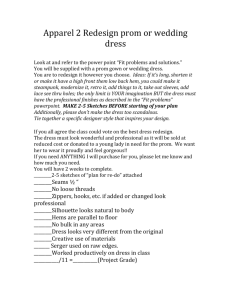read more - Country Index
advertisement

Trade Dress Watch: protecting a color By William Bartow, DLA Piper, United States of America In the wake of cases like Louboutin v. Yves Saint Laurent, more companies are now considering strategies to protect colors by using trade dress. But the task of protecting a single color as trade dress is much easier said than done. Given the arguably broad nature of single color marks, courts are reluctant to grant exclusivity to a single party. One big hurdle is the requirement of showing a product color is not functional. Courts have treated single color trade dress much like product configuration trade dress, holding that inherent distinctiveness cannot exist and secondary meaning must be proven. Two early cases directed to developing color as trade dress are In re Owens-Corning Fiberglas and Qualitex v. Jacobson. In Owens-Corning, the applicant appealed a USPTO refusal to register the color pink as a trademark for its insulation. In 1985, the Federal Circuit reversed, permitting the registration and marking the first time color would be registered at the USPTO. In 1990, Qualitex, a manufacturer of dry cleaning press pads, brought suit for infringement against a competitor for using a color for its pads identical to the green-gold Qualitex had been using for more than 40 years, and which Qualitex had registered as trade dress. Qualitex won at the district court, but the Ninth Circuit set aside the ruling, finding color alone cannot be registered by the USPTO. The Supreme Court reversed, holding that color can be registered, so long as it identifies the source of the products (that is, the color has developed secondary meaning). Since Qualitex, many companies have registered single and multicolor trade dress. Prominent examples include Tiffany & Company registering its distinctive “robin’s egg blue” for its gift boxes; United Parcel Service registering chocolate brown for its delivery vehicles and uniforms; 3M registering canary yellow for Post-It® notes; and Wolf Appliances registering red for the knobs on its ranges, cook tops, and barbeque grills. However, protection of color as trade dress is not available when the color is considered functional. Functionality is often found where a color serves to indicate something other than the product’s source. For example, the Trademark Trial and Appeal Board refused Ferris Corporation’s application to register the color pink for wound dressings – the TTAB said pink was unregistrable in this context because the color blends in with certain skin tones, falling within the scope of being “flesh colored.” Such refusal to recognize trade dress protection often occurs where colors are used to distinguish products’ functional characteristics. One case to keep an eye on is Meyer Manufacturing Co. v. Telebrands Corp., pending in the Eastern District of California. In 2009, Telebrands was granted a trade dress registration for its ORGREENIC line, covering “the color green on the inside surface of a pot or pan.” The trade dress registered on the Supplemental Register because Telebrands had only recently begun marketing the product. In 2011, Telebrands learned that TV sales channel QVC was selling Meyer’s similarly colored product, the Published on www.country-index.com Page 1 Earthpan. Telebrands sent a cease-and-desist letter to QVC, which stopped selling the Earthpan. Meyer then attacked Telebrands’ trade dress registration, filing suit for declaratory judgment of noninfringement and cancellation. Meyer alleged the color green is functional on pots and pans because it shows the cookware is ecofriendly and because consumers regard the color green as a sign a product is environmentally friendly. Telebrands, Meyer argued, cannot be permitted to monopolize this function. Meyer’s motion for summary judgment is awaiting a ruling. Interestingly, in Louboutin, the Second Circuit limited the plaintiff’s registered trade dress to shoes having a red sole that contrasts with the rest of the shoe. Could the court in Meyer Manufacturing similarly hold that a pan which is entirely green does not infringe Telebrands’ trade dress? When looking to protect color, companies should carefully consider the issue of functionality before applying for, or asserting, trade dress. Be sure to examine: (a) whether the color serves a nontrademark purpose; (b) whether the purpose is important to consumers; (c) whether the color is the best or at least one of the few superior colors available for product purposes; (d) whether competitors are using the same color for the purpose; and (e) whether alternative colors are available for similar uses by others. First published in DLA Piper's Intellectual Property and Technology News (US) Q2 2013 For more information, please visit: William Bartow Associate DLA Piper william.bartow@dlapiper.com http://www.dlapiper.com/ipt_news/ William L. Bartow is an associate in DLA Piper’s intellectual property and technology group. Mr. Bartow's practices focuses on intellectual property law, including patents, trademarks, copyrights, licensing and litigation. Published on www.country-index.com Page 2








